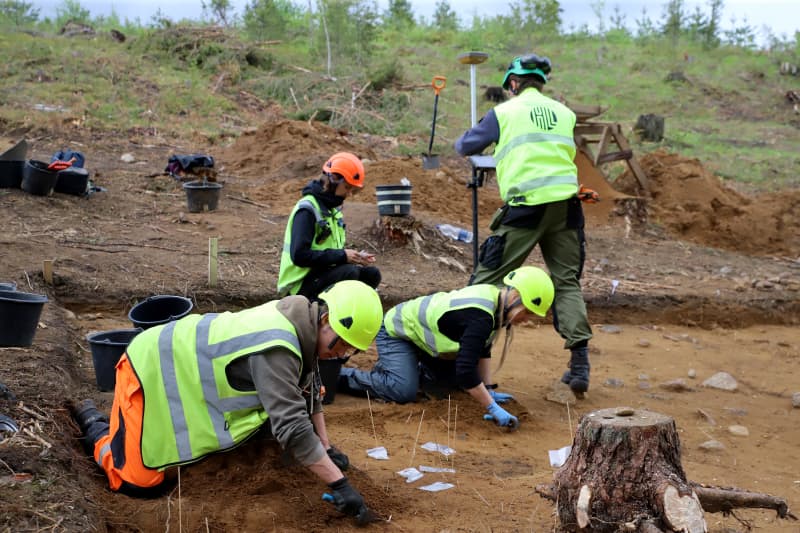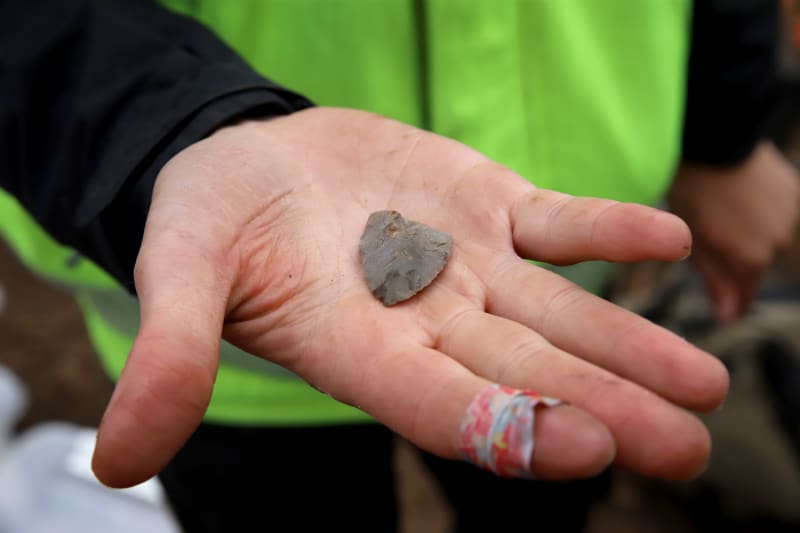The excavations, which lasted more than a year, were completed in July of last year, and now the research reports concerning them have been completed. Around 25,000–30,000 different artefacts were found in the excavations.
Important archaeological discoveries were made in the Hartola region near Oravakivensalmi in connection with the archaeological excavations carried out in connection with the improvement of Nelostie.
In total, investigations were carried out at 15 different ancient sites, of which the most extensive excavations took place in the Muikunlahti and Kirkkola area, near the border between Päijät-Häme and Central Finland.
Depending on the method of calculation, approximately 25,000–30,000 finds were accumulated from the excavations.
– A typical find is, for example, a piece of a clay pot or another part of a larger object. They easily accumulate in large-scale excavations, says Laakso.
Inhabited for thousands of years
A Stone Age settlement was revealed in Muikunlahti, where there has been human activity and habitation since the Stone Age for about 8,000 years, according to Laakso’s estimate, at most a few dozen people at a time, a family or family communities.
Among other things, a rare Stone Age grave and structures of dwellings and campfires were found in the area.
– It has been a good region to live in. Water available, good permeable soil for settlement, pleasant sunny slopes. The place has always attracted residents again and again, says Laakso.
According to the researchers, one of the most significant and surprising discoveries of the excavations, an Iron Age blacksmith’s furnace or hearth, was also found in the Kirkkola area among the remains of a historical village.

In the research, new information was obtained about the diet of people in the areas with the help of animal bones and plant remains found. The analyzes revealed that even ancient people have used cereal species quite versatile, as cereal grains from oats, rye and barley were found in the Kirkkola area.
– The residence to which these finds are related was put into use at the beginning of the Viking Age, i.e. approximately in the year 800. The environment was clearly cleared at that time. The time of the beginning of the settlement and the fact that the livelihood has been arable farming from the very beginning is new information, says Laakso.
The excavations, which lasted more than a year, employed at best 30 archaeologists and students in the field. All finds from the excavations were documented and deposited in the archaeological collections of the National Museum for research use.
_You can discuss the topic on 31.8. until 23:00_.

